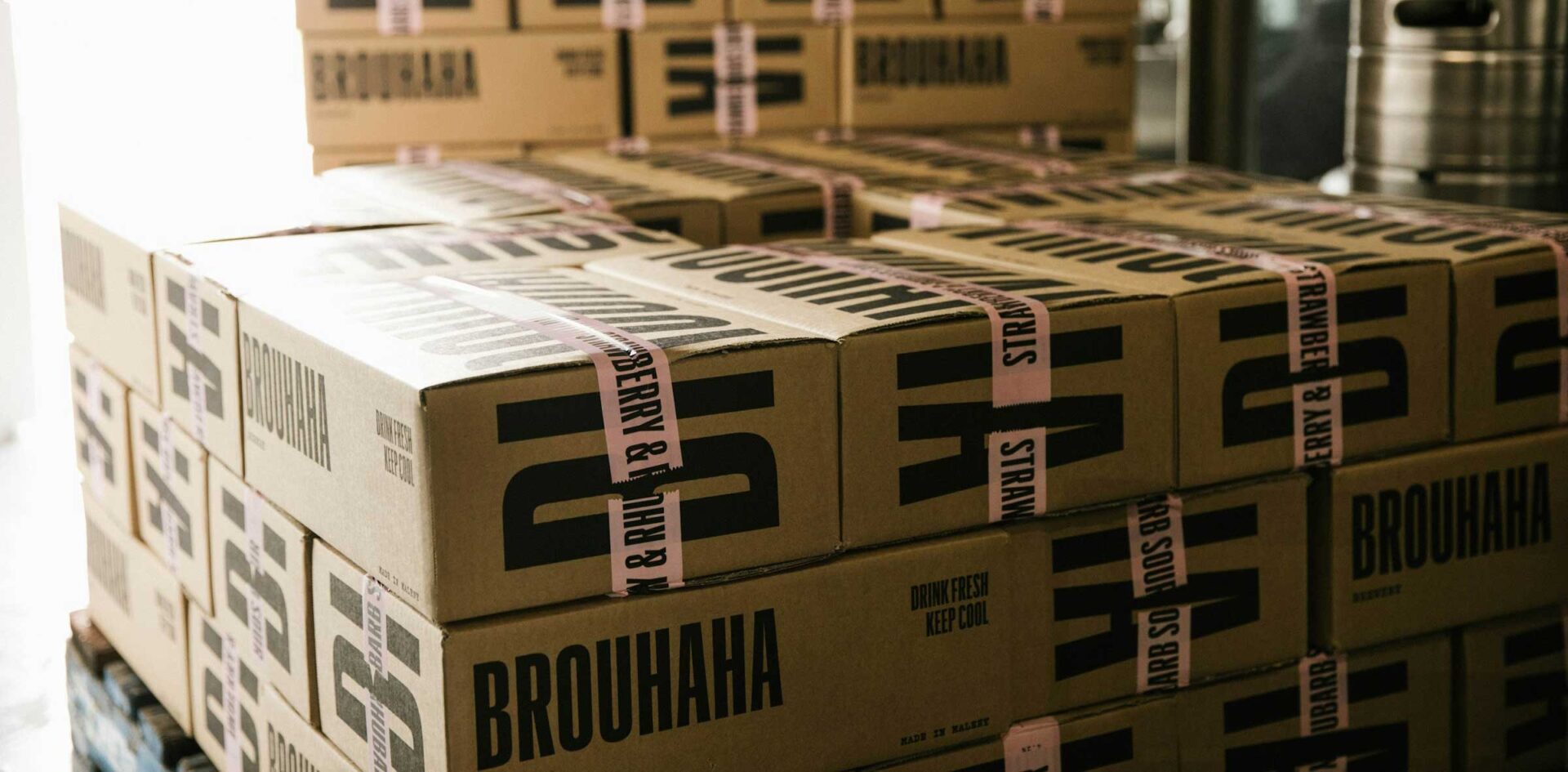Sidestep double brokering scams: A shipper’s 101
Crime syndicates have mastered the art of the double brokering scam. Stealing identities, changing legitimate businesses’ USDOT records, and creating false identities of their own, they’re waltzing through the open door of security vulnerabilities and weak processes, like hungry mice when the cat’s away—their noses filled with the irresistible aroma of tasty cheese.
Those of us at McClay’s, meanwhile? We’re on a mission to warn shippers, like you, what you’re up against—and, more importantly, share what it’s going to take to securely transport your freight.
Make no mistake: Fraud is pervasive in this industry, and these new freight misdirection attacks are keeping scammers flush with cash while keeping their risk of consequences low. Why would they stop?
So, what’s the industry doing to stem the tide, you wonder? What can you do to keep your loads from falling into the wrong hands? Allow me to get you up to speed.
Weak points in the USDOT and FMCSA armor
The most effective way of dealing with any problem is to prevent it from happening in the first place. And when it comes to double brokering scams of any kind—freight misdirection attacks included—shippers would be wise to be mindful of two weak links in the chain.
First, scammers can easily create new MC numbers when they’re caught red-handed. Sifting out “the bad guys?” That can feel a lot like playing a never-ending game of Whack-a-Mole.
Cleaning up the freight industry means preventing them from creating new authorities—and even putting those that present a high probability of criminal activity on a probation list. Of course, we recognize this isn’t easily done. There are tens of thousands of freight brokerages, plus tens of thousands of carriers registered with the Federal Motor Carrier Safety Administration (FMCSA).
Second, crime syndicates are showing us that it’s not nearly hard enough to change USDOT records. They’re spoofing email addresses and phone numbers, conducting phishing attacks, and hacking systems so when you or your freight industry partner reaches out to verify a driver, they’re the ones taking the call.
These systems need to be made far more secure—adding new layers of authentication to protect legitimate businesses.
Unfortunately, the USDOT and FMCSA don’t have the funding necessary to address these vulnerabilities today.
The freight industry isn’t sitting idle
At the moment, we’ve been left to fend for ourselves—but we’re not alone, and that’s bad news for the scammers.
At the inaugural Broker Carrier Summit, folks like us formed a group that communicates directly with one another. It’s allowing us to not only build trusted partnerships but also keep tabs on the strategies and tools that help us protect you.
What’s more, it gives us the power to crowd-source scammer information. Leaning into the old travel advisory of, “see something, say something,” we all now have a body of trusted industry peers to say something to—”I just caught a guy doing X, and here’s all of his information. Make sure you steer clear of him.”
(Looking for new partners? Brokers and carriers who participate in this group are a great place to start.)
How can you play a role in protecting your freight?
First and foremost, build up trusted relationships—that’s absolutely crucial. You need to know who the good folks are, and who you can count on to watch out for your best interests. That doesn’t mean you shouldn’t give a few folks a shot every now and then—it’s important to test the waters so you can keep loads moving when capacity tightens.
So, take your time. Be wary. Make brokers and carriers earn your trust.
It’s also important to be aware of red and yellow flags if you’re posting loads to loadboards yourself.
For starters, if carriers are quoting you $800-900 for a load, but one quote comes in at $600, that should give you pause. It’s these rock-bottom outlier rates where you’re going to see problems. (The caveat: If you’re using carrier vetting software, and that business has 400 trucks and gets an A+ rating, it may just be a good lane for them. Perhaps it’s a backhaul they’re trying to fill, hence the deal.)
You’ll also want to be wary of people communicating through free email accounts. Some honest folks will use them as they’re starting up, of course—and they could be a great partner for you. But so are the scammers who are rapidly spinning up new authorities while keeping costs low. Watch carefully.
Likewise, you’ll want to steer clear of prospective partners that:
- Recently changed their contact information
- Own a truck and trailer or two but have moved freight in every state across the country
- Insist they need to be paid quickly before you have confirmation that the load was delivered from a trusted source
Arming yourself with the right tools and processes
Today, a carrier vetting system, like CarrierAssure, Carrier411, or Highway, is a crucial part of strategic cargo theft prevention. If you’re posting your own loads, make sure you’re using one—they’ll provide red flags, score carriers, and give you greater confidence in the decisions you make.
Working through a freight broker? Confirm they’re using carrier vetting software, too. Even the best in the business need these tools now.
Of course, no system can offer absolute protection against double brokered freight—a smart scammer will absolutely slip through the cracks from time to time. That’s why carrier vetting software can’t be your whole solution.
Establish clear processes and protocols, and follow them rigorously:
- Work with carriers who’ve been active for six months or more and have undergone at least one FMCSA inspection
- Confirm that the phone numbers and email addresses you’ve been provided are valid and match the registered authorities via the FMCSA or your carrier vetting tool
- Confirm the MC numbers on the trucks that pull into your yard match the numbers you were provided
- Verify DOT and MC numbers, licenses, and carrier liability coverage before you load trailers (get this information from your freight broker if you’re working through a partner)
- Secure your login credentials with a password manager, like LastPass—including those you use to log into your favorite load board—and protect them with two-factor authentication (2FA)
It’s dicey out there today.
The good news: If you’re verifying partner information, building trusted relationships, tapping advanced tools, and slowing down enough to listen to your gut, you’ll be in a far stronger position to protect yourself and your valuable loads.



